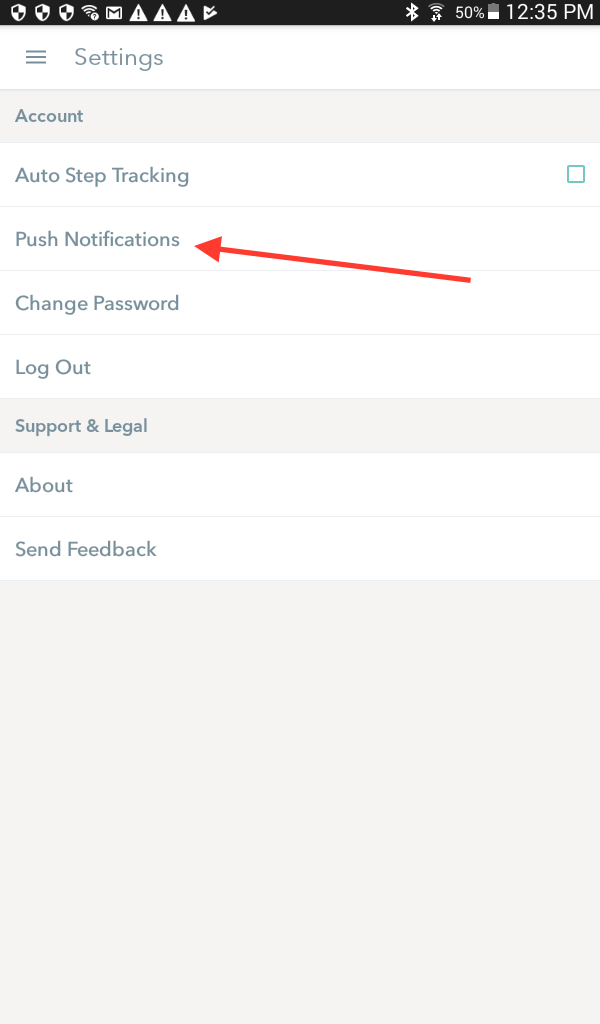
On an iPhone: Go to Settings > Touch ID & Passcode. The labels may vary slightly on other Android models.) (These steps were tested on a Samsung Galaxy S21. On an Android phone: Go to Settings > Lock Screen > Secure Lock Settings > and toggle the Auto Factory Reset option to switch it on. (Just be sure to keep backups see Step 4.) If your phone provides this option, here’s how to activate it.

There’s also a setting on the latest Android and Apple phones that automatically erases all of your personal data after 10 or so unsuccessful log in attempts. After several unsuccessful tries to enter a passcode, some phones will lock your device for a short period of time before you can try again. Password protection comes with another safeguard. If your phone can’t be unlocked with your finger or your face-or you prefer not to use biometric authentication-the good news is that typing a nontrivial password gets easier with practice. For instance, Freddy1969 is a weak password, but f?EDD!9691 could be much harder to crack. Skip the simple 4-digit PIN and instead create a strong password that contains a string of at least eight characters that include some combination of letters, numbers, and special characters that don’t form recognizable words or phrases, especially those that could be associated with you.


 0 kommentar(er)
0 kommentar(er)
